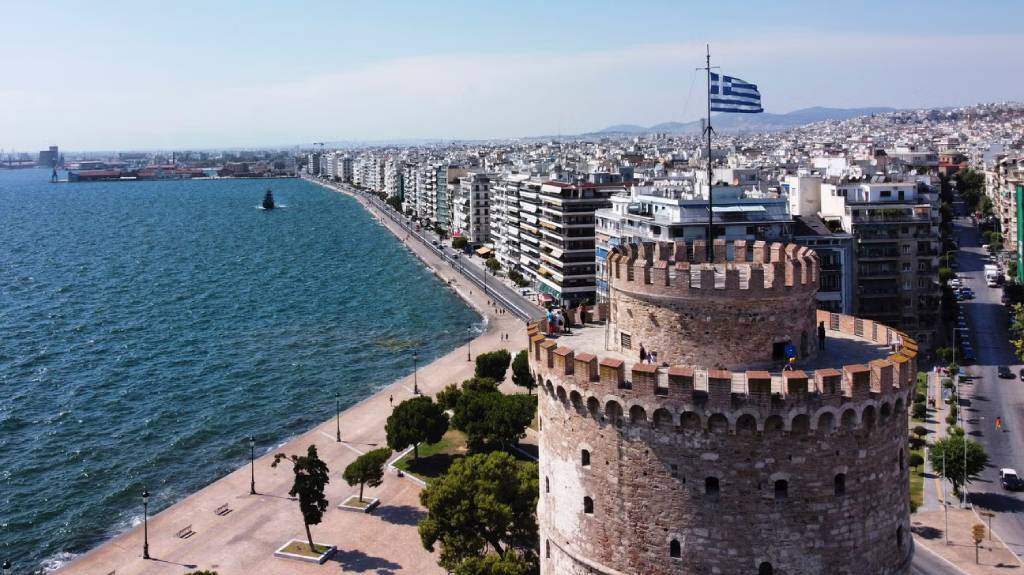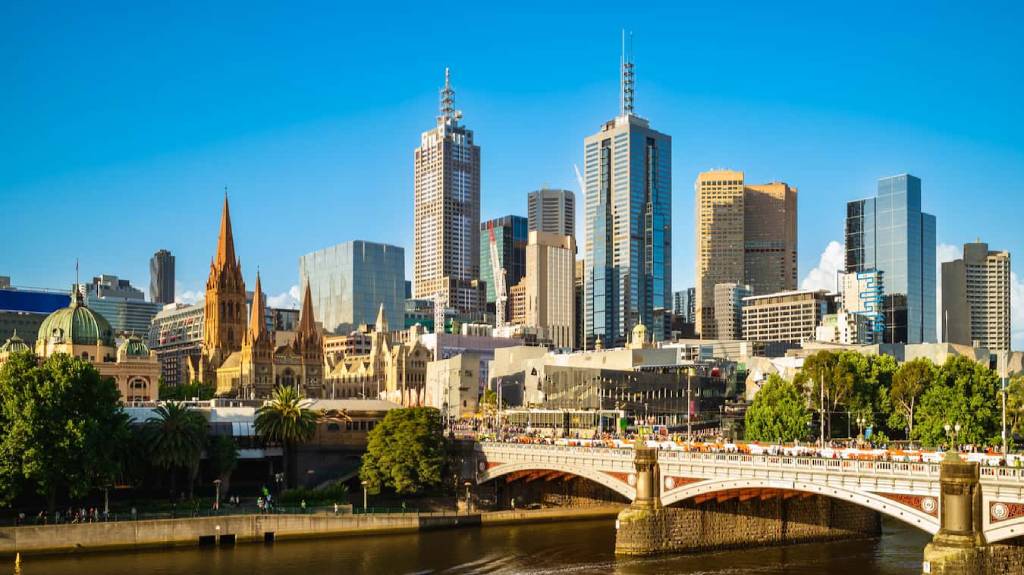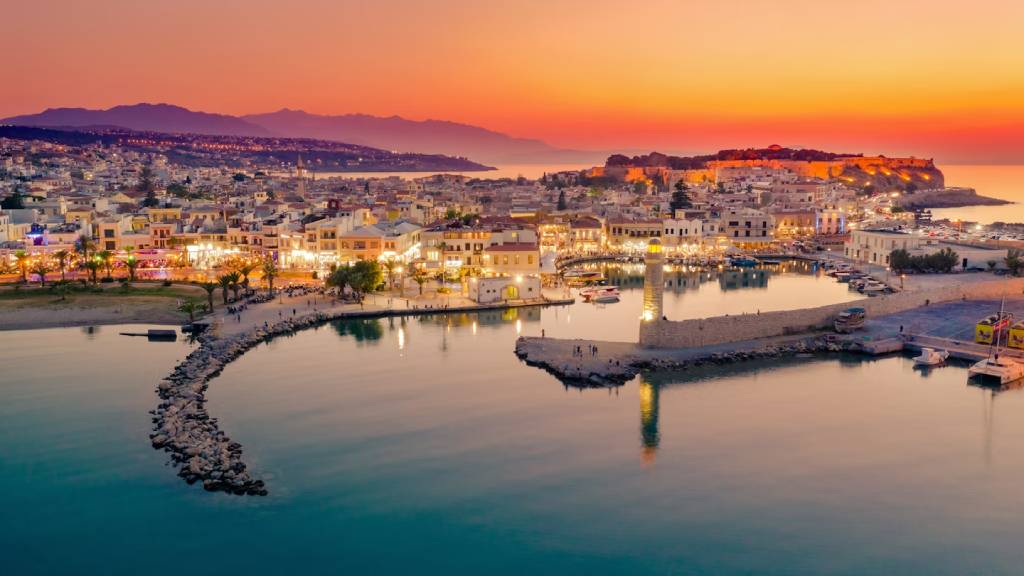
Crete isn’t just a Greek island; it’s practically a country unto itself—the largest, most diverse, and historically rich of the bunch. It’s the birthplace of the Minoan civilization, Europe’s oldest, and it offers everything from snow-capped mountains and dramatic gorges to pink-sand beaches and charming Venetian harbors. I loved exploring the old towns of Chania and Rethymno, which feel more like Italy than Greece, and hiking the incredible Samaria Gorge. The food here, heavy on olive oil, fresh cheese, and wild greens, is world-famous for being incredibly healthy and delicious. If you’re looking for a single Greek destination that has history, mountain adventure, beach relaxation, and a fiercely independent culture, Crete is the ultimate choice. Keep reading for my guide to exploring this incredible island paradise.
Why Visit Crete?
Crete is the largest and most geographically diverse Greek island, offering a unique blend of millennia-old history, dramatic landscapes, and a distinctive, proud culture. Here’s why you need to put Crete on your list:
- Minoan History: Explore the Palace of Knossos near Heraklion, the center of the Minoan civilization, which flourished thousands of years ago.
- Stunning Landscapes: Hike the Samaria Gorge, one of the longest in Europe, or relax on the unique beaches like Elafonisi (with its pink sand) and Balos Lagoon.
- Venetian Harbors: Fall in love with the charming, Venetian-influenced old towns of Chania and Rethymno, with their picturesque lighthouses and waterfront cafes.
- Cretan Diet: Indulge in the famous Cretan cuisine, considered one of the healthiest and most delicious diets in the world, featuring fresh seafood, olive oil, and mountain cheeses.
- Mountain Culture: Experience the traditional, rugged side of the island by visiting mountain villages and learning about the fierce, independent spirit of the Cretan people.
Crete offers a truly immersive and wide-ranging Greek experience—a perfect destination for history buffs, adventurers, and food lovers alike.
What Are the Best Things to Do in Crete? (For Your First Visit)
Palace of Knossos
Legendary Minoan palace where the Minotaur myth unfolded—wander labyrinthine ruins, vibrant frescoes, and ancient courtyards evoking Bronze Age splendor. Shore excursion via Viator with expert guide.
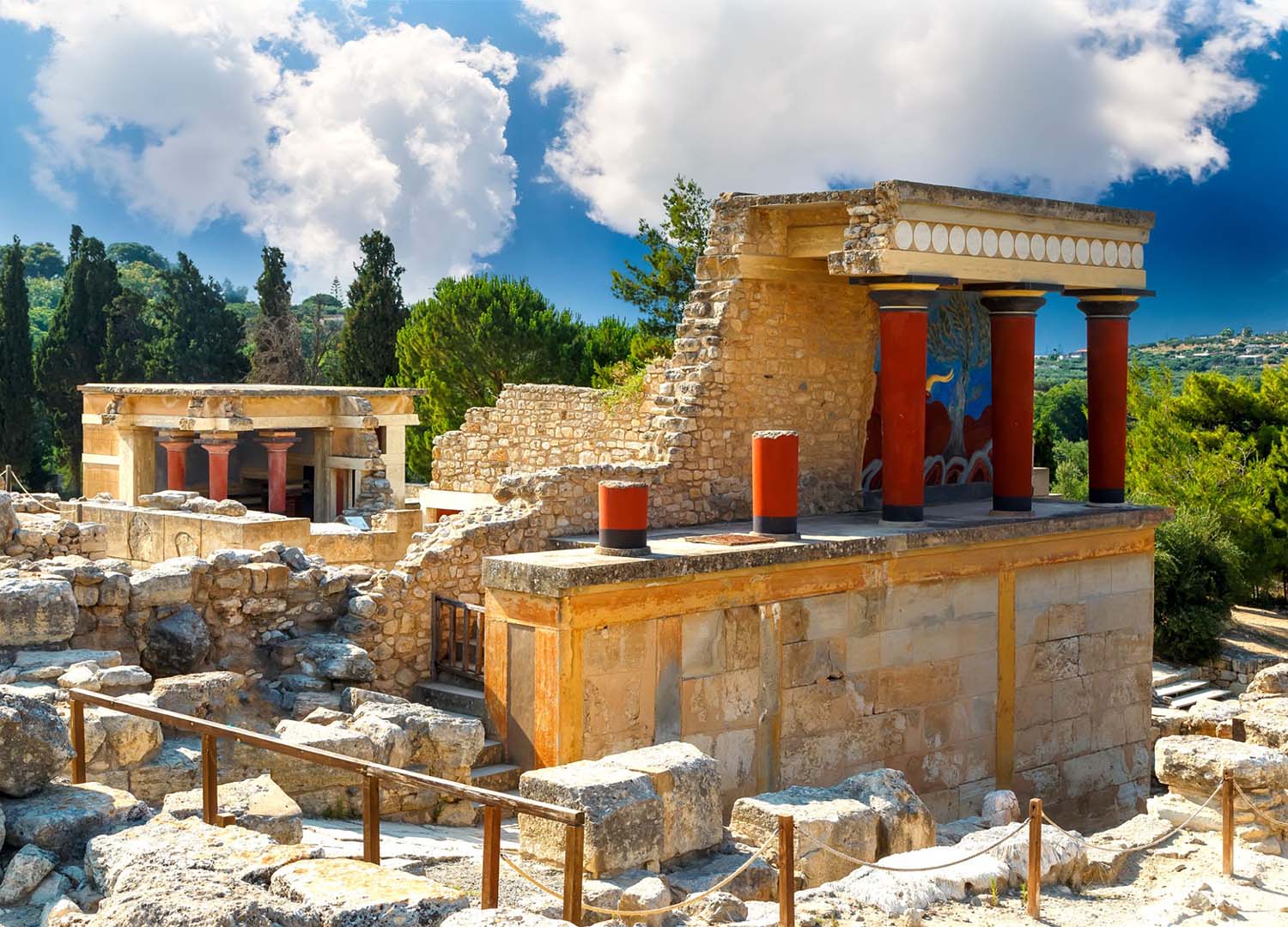
Heraklion Archaeological Museum
World-class repository of Minoan treasures like the Phaistos Disc and Snake Goddess—immerse in 4,000 years of Cretan history through exquisite artifacts. Private museum and palace tour via Viator with winery.

Elafonissi Beach
Paradise cove with pink sands and turquoise shallows—wade through crystal lagoons amid dramatic cliffs and rare cedars on Crete’s southwest shore. Guided day trip via GetYourGuide from Chania.
:max_bytes(150000):strip_icc()/TAL-elafonissi-beach-crete-greece-BESTBEACH0225-e99d9a95e17541ea924c074db879efd9.jpg)
Balos Lagoon
Exquisite turquoise bay ringed by white cliffs—boat in for snorkeling, sunbathing, and hikes to Gramvousa Island’s Venetian fortress. Boat trip via GetYourGuide to lagoon and island.

Chania Venetian Harbour
Picturesque waterfront lined with tavernas and lighthouses—stroll cobblestone alleys blending Ottoman mosques and Renaissance walls at sunset. Street food tour via Viator around the harbor.

Spinalonga Island
Haunting Venetian fortress once a leper colony—ferry to explore fortified walls and bays, pondering Crete’s poignant 20th-century history. Day trip via Viator to island and Agios Nikolaos.
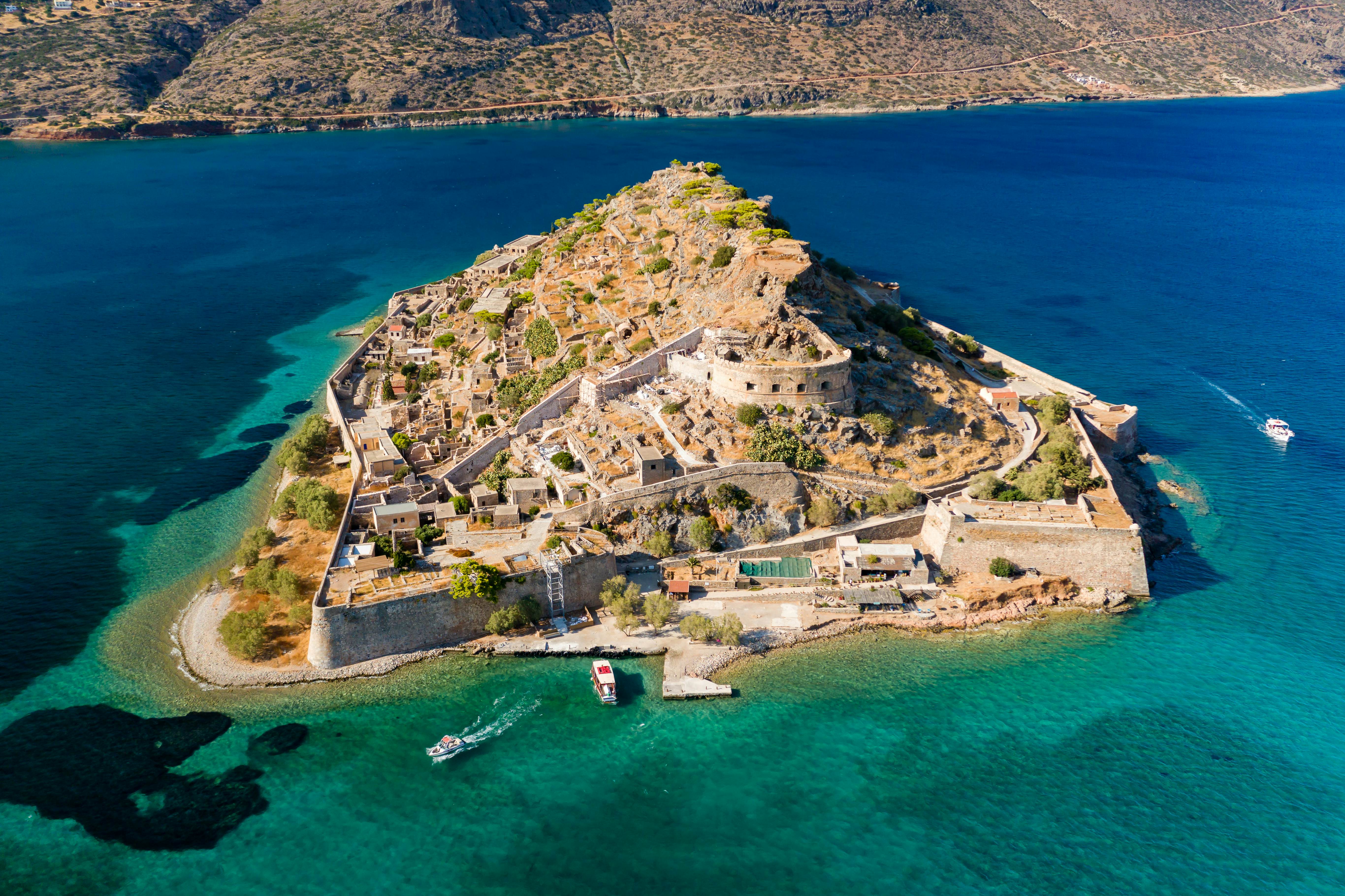
Samaria Gorge
Europe’s longest canyon hike through dramatic gorges and wildflowers—descend 16km from Omalos to Agia Roumeli’s Libyan Sea shores. Full-day trek via GetYourGuide from Chania.

Rethymnon Fortezza
Imposing Venetian citadel overlooking the sea—roam ramparts, bastions, and gardens for panoramic views of Rethymnon’s old town and harbor. Old town walking tour via TripAdvisor including Fortezza.
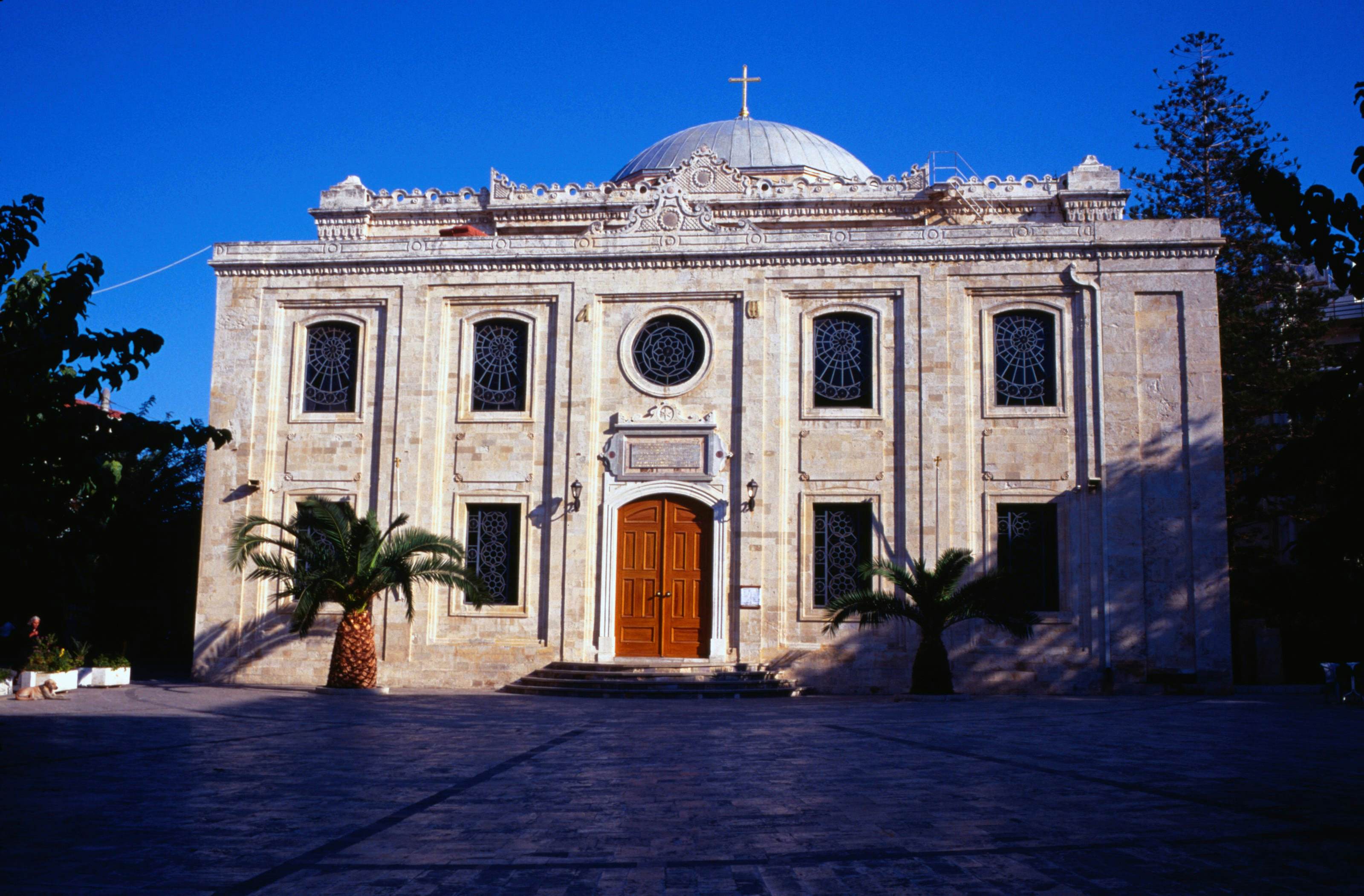
Koules Fortress
16th-century seaside bastion guarding Heraklion’s harbor—ascend battlements for Aegean vistas and tales of Venetian naval might. Private day trip via Viator with Knossos.
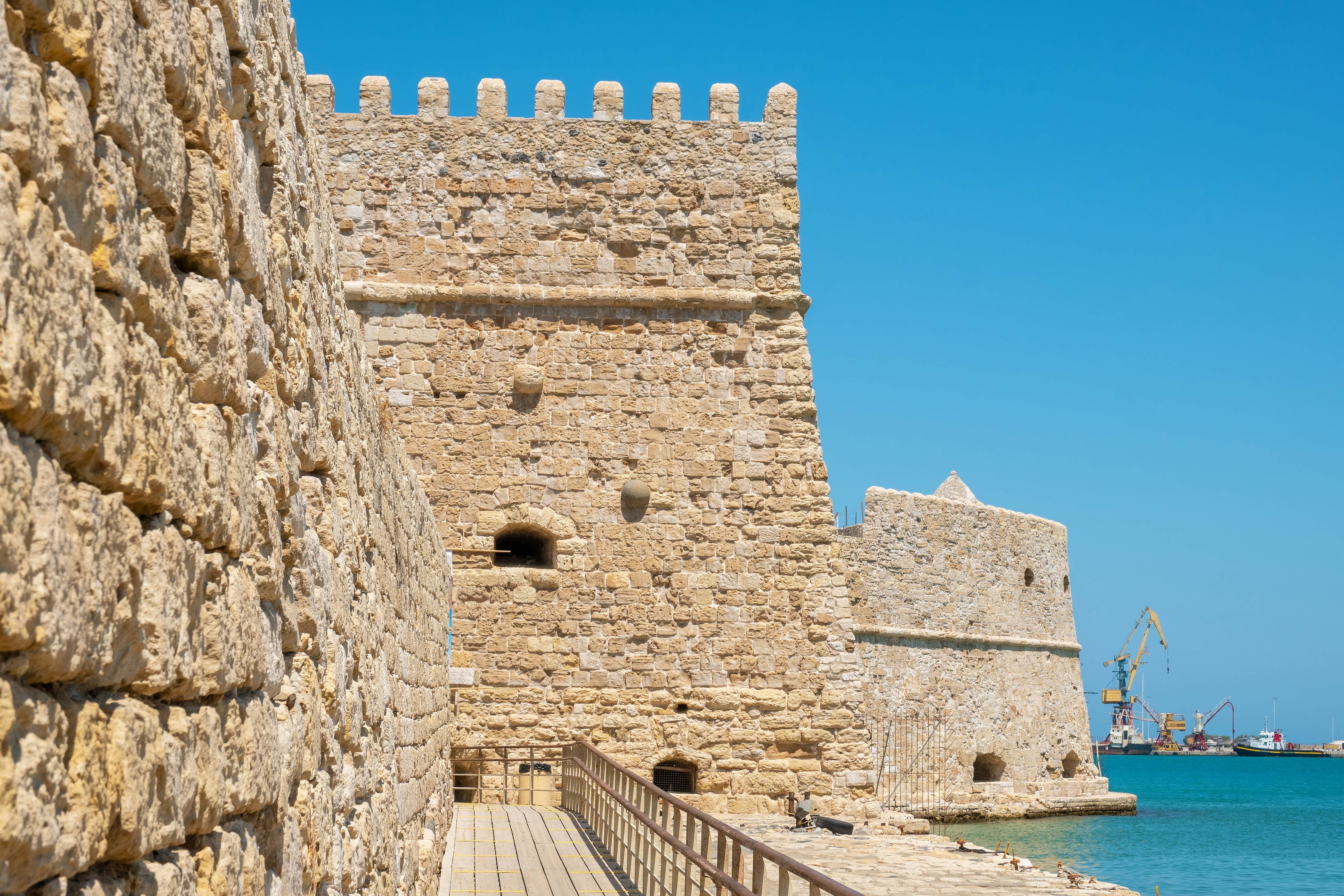
Historical Museum of Crete
Insightful chronicle of island life from Minoan times to WWII—view El Greco paintings, resistance artifacts, and recreated traditional homes. Hop-on hop-off bus tour via Viator including museum.

More Popular Tours in Crete
What’s the Best Month to Visit Crete?
The best time to visit Crete is between May and October, with the ideal months for all-around activities being May and September.
The shoulder seasons of spring (March–May) and autumn (September–November) offer the best combination of warm, comfortable temperatures (ranging from $17^{circ}text{C}$ to $24^{circ}text{C}$) and fewer tourists. Spring is perfect for hiking the gorges and seeing wildflowers, while autumn offers warm sea temperatures and is the island’s harvest season (grapes and olives). For pure beach holidays with the warmest water, visit from June to August, but expect high temperatures (up to $30^{circ}text{C}$ and above) and peak crowds, especially in the popular coastal resorts.
How to Get to Crete
Crete is the largest Greek island and is served by two main international airports: Heraklion (HER) and Chania (CHQ). Check WayAway for flights into either city. It is also a primary port for ferries.
- By Air (HER/CHQ): Both airports handle domestic flights from Athens year-round and numerous seasonal direct flights from Europe.
- By Sea (Ferry): Overnight ferries run frequently from Athens’ Piraeus Port to both Heraklion and Chania (Souda Port). This is a popular and economical option for long stays.
- Airport Transfer: From both airports, local buses (KTEL) or taxis are available. From Chania (CHQ) to the city center, expect about 30 minutes.
Due to the island’s size, choose the entry point (Heraklion or Chania) closest to where you plan to spend the majority of your time.
How to Get Around Crete
Crete is large—over 260 km long—and requires efficient planning. Unlike the small Cycladic islands, you cannot rely only on walking or limited public transport.
- Car Rental: Highly recommended. A car provides the necessary freedom to explore hidden beaches, mountain villages, and vast distances between major cities. Rent via DiscoverCars, especially if you plan to visit multiple regions (e.g., Balos Beach, Samaria Gorge).
- Intercity Bus (KTEL): Crete has an excellent KTEL bus network, offering air-conditioned, frequent, and reliable connections between all major towns (Chania, Rethymno, Heraklion). This is a good alternative to driving for city-to-city travel.
- Walking: Confined mostly to the Venetian harbors and Old Towns of Chania and Rethymno, which are delightful and entirely pedestrianized.
Tips for Tourists Using Transport:
- Allow ample time for travel. Distances are long, and roads in the mountains can be winding.
- If you plan to hike the Samaria Gorge, you must use a tour operator or public transport, as it is a one-way path.
- When renting a car, ensure your insurance covers the often-rugged roads you’ll encounter to reach remote destinations.
Conclusion: Crete is a diverse world unto itself, encompassing vast landscapes from spectacular gorges to beautiful beaches. While the old town centers are best explored on foot, truly experiencing the island requires the flexibility of a rental car. If sticking to the main towns, the KTEL bus network is a fantastic, worry-free option. Chart your course across the largest Greek island with our detailed Crete travel guide!
Note: This article contains affiliate links. If you purchase something I’ve recommended, I’ll earn a small commission at no extra cost to you. I really appreciate your support and I hope this guide helps you ♡








